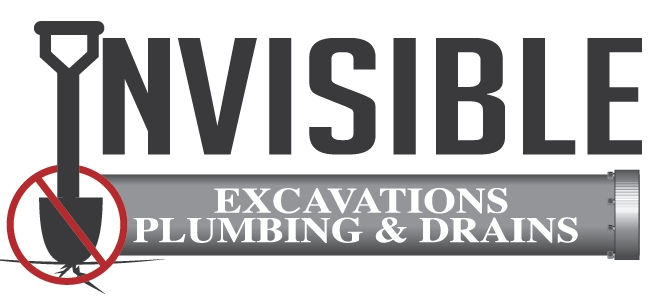Pets can surely make a home happier and, as some studies suggest, even help us to live longer. Unfortunately, the same can’t be said for your home’s sewer system. Pets are usually a burden to them. So, here are a few tips on how to keep both your pet and your pipes happy.
Protect Your Drain During Bath Time
Most pets love to splash around in the mud. Unfortunately, their joy results in our frustrations over dirty, clogged bathtubs. There are; however, several things you can do to mitigate bath time stress.
Start with a gadget designed to trap hair – both human and pet – before it flows down your drain. If you don’t have one of these, lay a paper towel or baby wipe over the drain before bathing your pet.
Take these additional steps BEFORE bath time:
-
Remove as much loose dirt as possible from your pet’s fur. Loose dirt becomes mud that attracts and collects pet fur before sliding down your drains to form a clog.
-
Brush your pet to remove excess hair or mats. Even if you don’t think your pet sheds all that much, excess amounts of hair may fall out when scrubbing your pet clean.
And, take these steps AFTER bath time:
-
Wipe down the tub walls with a paper towel or cloth to catch any stuck dirt, debris or hair. Then rinse the tub with water.
Don’t Flush Cat Litter
The label on the cat litter says its “flushable.” Can this be true?
Some packages claim cat litter is flushable. And, while these brands may have done several tests to prove that their product is safe for your sewer system, it’s best to follow plumbing rule number one: only flush human waste and toilet paper.
With some cat litter brands, you’ll know right away why shouldn’t have flushed them. These types of cat litters are designed to expand and can expand by as much as 15 times their original size. So, flushing just the tiniest bit of litter could result in a giant, bubbly toilet volcano no plunger will be able to break through.
Other brands may go down easy, but cause problems further down your sewer system. These traditional clumping cat litters are made from bentonite clay, which forms a cement-like compound in water. This compound can collect in your pipes over time, ultimately causing a clog and a potential back up.
Instead of taking any chances, its best to ignore the “flushable” labels and continue with the tedious task of scooping, bagging and walking cat waste to the nearest trash can.
Keep Toilet Lids Closed
Why are our pets so attracted to toilet water?
According to Dr. Coates, a veterinary advisor with petMD, “pets have an instinctive pull towards running water, and that’s why they’re attracted to water that ‘moves’ in our homes.” Running toilets speak to our pet’s primal nature because in natural settings running water is a healthier choice for them than stagnant water. Coates also thinks that some pets might like the privacy of the bathroom – especially if their water bowl is in a heavily trafficked part of your home.
Is the toilet water safe for your pets to drink?
No. While the water might actually be fairly fresh, the chemicals you use to clean the toilet may linger and could harm your pet. Common toilet cleaner ingredients such as sodium hypochlorite, hypochlorite salts, sodium peroxide, sodium perborate and chlorine bleach can be lethal to your pets if directly consumed. By the time you’re done cleaning most of these ingredients will be diluted but could still linger behind and harm your pet if ingested. Some visible symptoms to watch out for include vomiting, drooling, redness in the mouth.
All in all, it’s best to keep your toilet lids down and your bathroom doors closed. Try to entice your pet away from the toilet, towards his or her own water bowl by keeping it in a quiet space and refreshing it one to two times per day.
Even if your pet already prefers his or her own water bowl to the toilet, it’s still best to keep the lids closed. You never know what they might drop in there. If those foreign objects go unnoticed and accidentally get flushed, you could have a messy plumbing problem.
Hide Exposed Pipes
If you have a chewer in the house – especially one whose been known to take a bite out of the couch while you’re away – make sure all exposed pipes are hidden. Ingesting pieces of plastic or clay pipe can harm your pet and cost you hundreds of dollars in repairs. Brittle, aging pipes – particularly those made out of clay – are especially susceptible to clawing and chewing.
The easiest way to keep your pipes out of a pet’s reach is to move some furniture or other large object in front of them.
Schedule Regular Sewer Line & Drain Cleanings
Covering your drains during bath time and remembering to keep the toilet lids closed can definitely help to keep your pipes clean. For added peace-of-mind and extended life, it’s best to have your drains and sewer lines cleaned regularly.
The larger your family and the more furry friends you have running around, the more likely you are to encounter a problem. So, make time for regular plumbing maintenance or make friends with a great team of plumbers.

